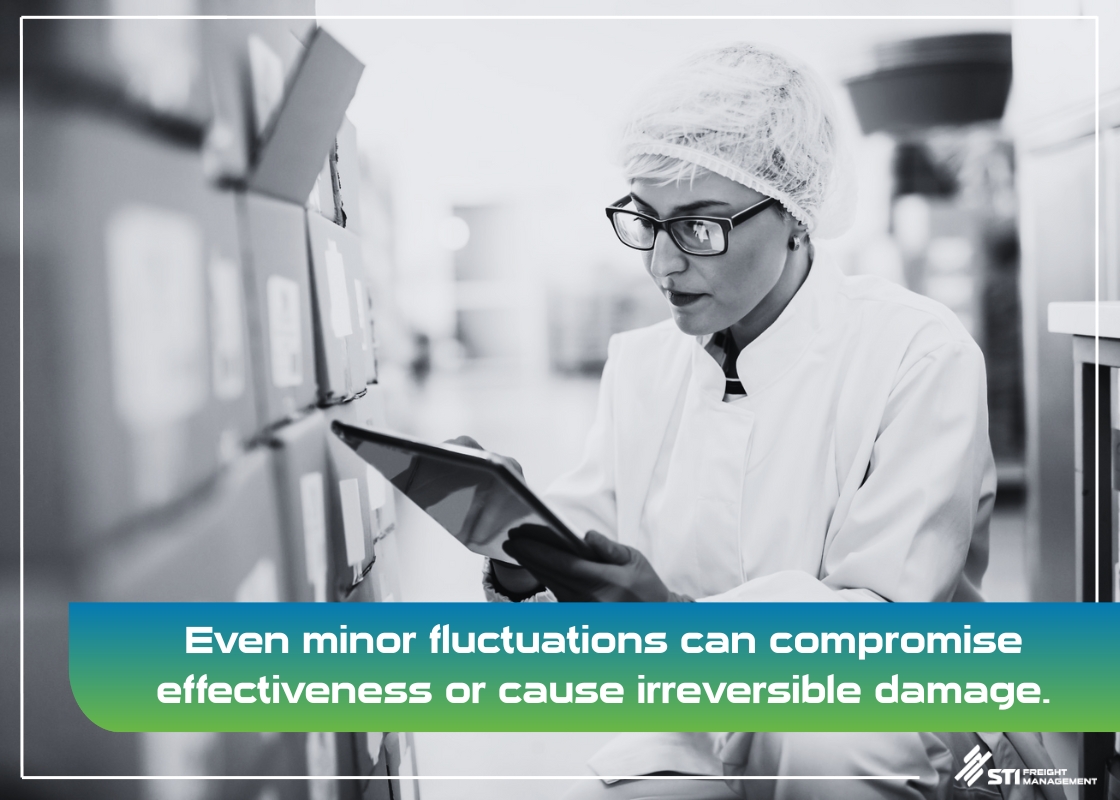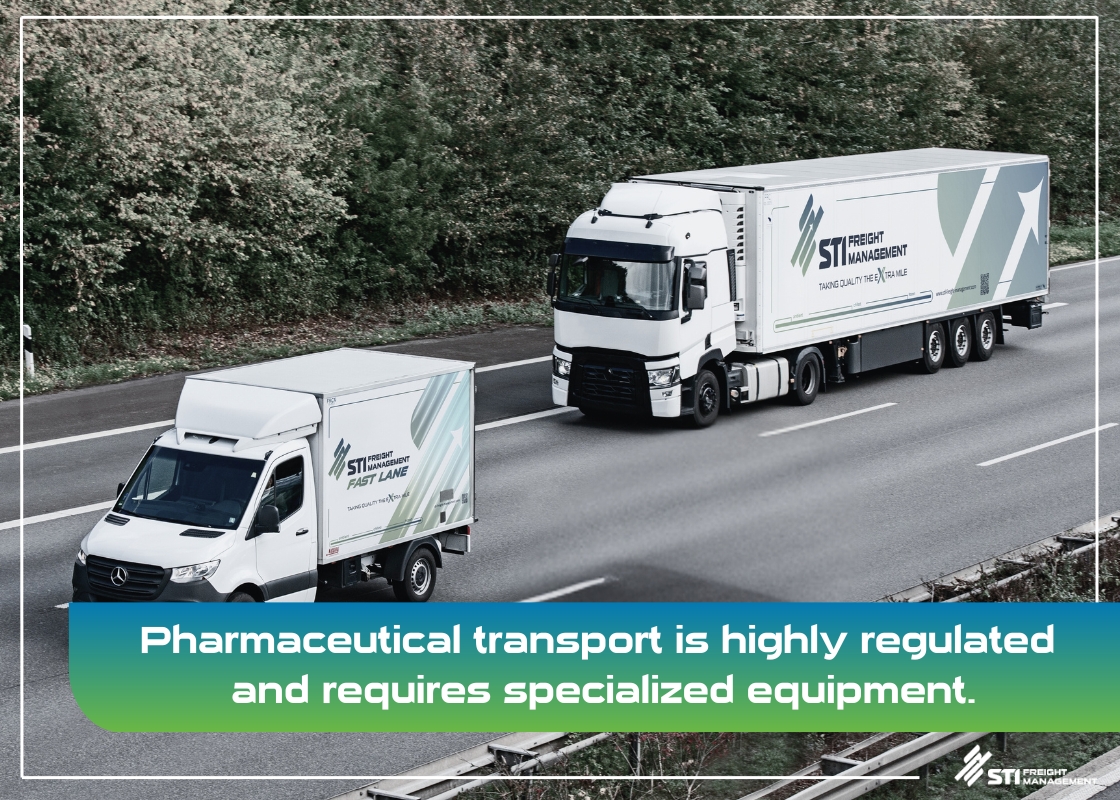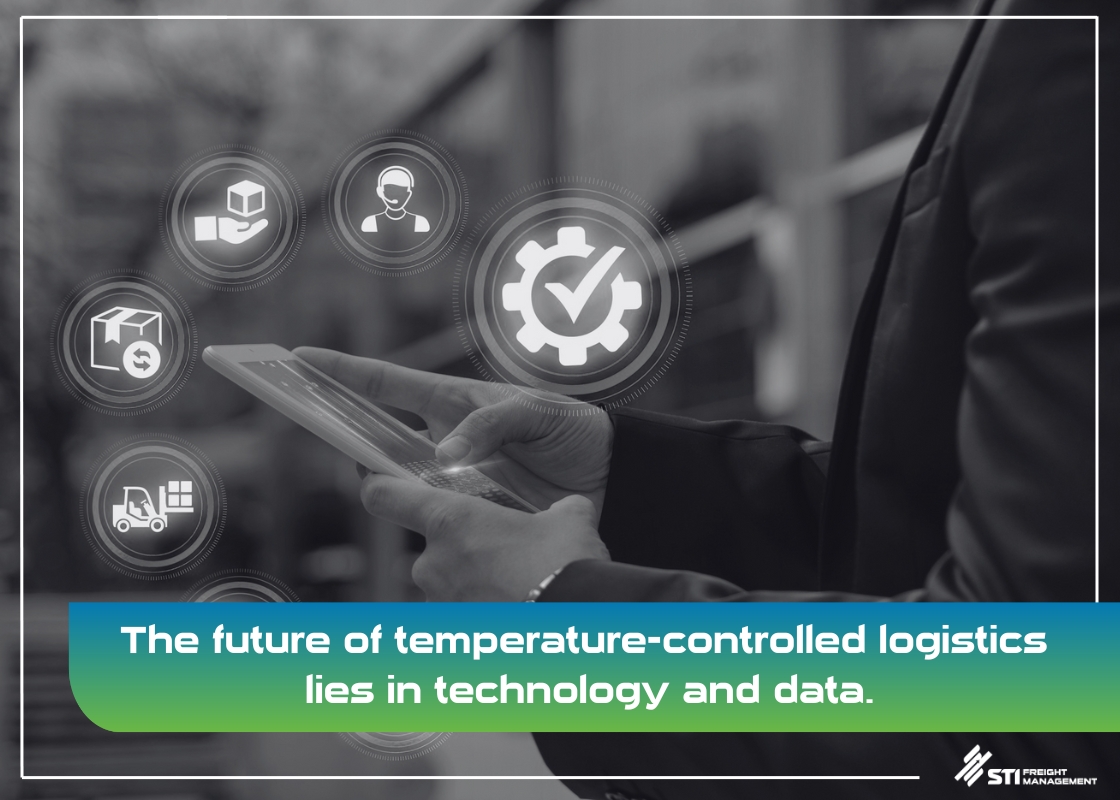Temperature-Controlled Logistics for Safe Pharmaceutical Transport
Exploring the challenges, standards, and innovations that keep medicines safe worldwide.
Why Temperature Control Is More Important Than Ever
Ensuring the safety of pharmaceuticals is one of the most critical responsibilities in global logistics. From everyday medicines to life-saving vaccines, millions of people rely on products that must remain within strict temperature ranges throughout their journey. With evolving supply chains and increasing global demand, keeping these products safe has become more complex than ever. This article explores the key challenges in temperature-controlled pharmaceutical transport — and the solutions that are shaping the future of this vital field.
What Does Temperature-Controlled Transport Really Mean?
Temperature-controlled transport ensures that goods remain within precisely defined temperature and humidity ranges throughout their journey. Our teams specialize in this process — particularly for pharmaceuticals, where safeguarding the integrity of every shipment is critical. For these products, correct storage and handling are non-negotiable. Each medication must be transported in line with the manufacturer’s specifications, typically indicated on the product packaging.
Ensuring the safety of pharmaceuticals is one of the most critical responsibilities in global logistics. From everyday medicines to life-saving vaccines, millions of people rely on products that must remain within strict temperature ranges throughout their journey. With evolving supply chains and increasing global demand, keeping these products safe has become more complex than ever. This article explores the key challenges in temperature-controlled pharmaceutical transport — and the solutions that are shaping the future of this vital field.
What Does Temperature-Controlled Transport Really Mean?
Temperature-controlled transport ensures that goods remain within precisely defined temperature and humidity ranges throughout their journey. Our teams specialize in this process — particularly for pharmaceuticals, where safeguarding the integrity of every shipment is critical. For these products, correct storage and handling are non-negotiable. Each medication must be transported in line with the manufacturer’s specifications, typically indicated on the product packaging.
How Temperature Control Protects Pharmaceutical Integrity
Temperature-sensitive pharmaceuticals must be kept within exact ranges to preserve their chemical structure, physical form, and packaging integrity. Even minor fluctuations can compromise effectiveness or cause irreversible damage. For example, glass containers may crack, or sterile conditions could be breached — both posing risks to patient safety.
Temperature-sensitive pharmaceuticals must be kept within exact ranges to preserve their chemical structure, physical form, and packaging integrity. Even minor fluctuations can compromise effectiveness or cause irreversible damage. For example, glass containers may crack, or sterile conditions could be breached — both posing risks to patient safety.
• Room temperature medications are typically transported at 15–25°C.
• Some products require a controlled cool chain, usually 5–15°C.
• Refrigerated products such as vaccines and insulin demand a consistent 2–8°C.
• Advanced biological medicines, including those with proteins or antibodies, are especially vulnerable and need highly stable conditions.


The Challenges of Global Pharmaceutical Transport
Transporting pharmaceuticals internationally presents very specific risks that go beyond the basics of cold-chain management. Among the challenges are:
• Climate variations along routes, which can introduce unexpected temperature risks.
• Long transit times, customs procedures, and infrastructure gaps, particularly in developing regions.
• Different regulatory requirements across countries, affecting customs clearance, documentation, and approval processes.
Addressing these challenges requires detailed planning, continuous monitoring, and close coordination across the entire supply chain. Careful route selection, contingency planning for delays, and strict documentation are all essential to ensure that temperature-sensitive pharmaceuticals arrive safely and in full compliance with regulations. In our daily operations, specialist teams and advanced monitoring systems work hand in hand to ensure that temperature-sensitive pharmaceuticals arrive safely and in full compliance with regulations.
A compliant fleet is essential to meet these standards. Our fleet is equipped with systems that continuously monitor and record temperature and humidity, supported by real-time tracking and secure data archiving to ensure full traceability. Comprehensive documentation and strict quality protocols further support regulatory compliance, ensuring that every shipment is transported under the precise conditions required.
Transporting pharmaceuticals internationally presents very specific risks that go beyond the basics of cold-chain management. Among the challenges are:
• Climate variations along routes, which can introduce unexpected temperature risks.
• Long transit times, customs procedures, and infrastructure gaps, particularly in developing regions.
• Different regulatory requirements across countries, affecting customs clearance, documentation, and approval processes.
Addressing these challenges requires detailed planning, continuous monitoring, and close coordination across the entire supply chain. Careful route selection, contingency planning for delays, and strict documentation are all essential to ensure that temperature-sensitive pharmaceuticals arrive safely and in full compliance with regulations. In our daily operations, specialist teams and advanced monitoring systems work hand in hand to ensure that temperature-sensitive pharmaceuticals arrive safely and in full compliance with regulations.
Meeting Regulatory Standards with Expertise
Pharmaceutical transport is highly regulated and requires specialized equipment, along with strict compliance with GxP standards — in particular GDP (Good Distribution Practice). Where relevant, alignment with GMP (Good Manufacturing Practice) ensures a seamless link from production to delivery.
Pharmaceutical transport is highly regulated and requires specialized equipment, along with strict compliance with GxP standards — in particular GDP (Good Distribution Practice). Where relevant, alignment with GMP (Good Manufacturing Practice) ensures a seamless link from production to delivery.
A compliant fleet is essential to meet these standards. Our fleet is equipped with systems that continuously monitor and record temperature and humidity, supported by real-time tracking and secure data archiving to ensure full traceability. Comprehensive documentation and strict quality protocols further support regulatory compliance, ensuring that every shipment is transported under the precise conditions required.
Learning from Global Successes
The COVID 19 vaccine rollout offered a clear demonstration of what temperature controlled logistics can achieve. Transporting vaccines at -20 °C to -70 °C demanded exceptional precision and discipline. This global effort highlighted the critical role of logistics in safeguarding even the most sensitive medicines — a responsibility that continues to define how we manage pharmaceutical transport today.
Looking Ahead: Innovation in Action
The future of temperature-controlled logistics lies in technology and data. With AI-enhanced route planning, sensor-based safety features, and advanced monitoring systems, we are elevating the standards for visibility, sustainability, and responsiveness. These innovations make it possible for us to plan routes more precisely, reduce emissions, and respond instantly to any temperature deviation — ensuring that pharmaceutical products are transported safely, reliably, and with greater environmental responsibility.
Taking Quality the Extra Mile
Decades of experience in temperature controlled logistics have shown that safeguarding pharmaceuticals requires more than reliable transport — it takes a network of expertise, specialized fleets, and advanced digital solutions working together. Taking quality the extra mile remains at the heart of our approach, ensuring that every shipment reaches its destination safely, reliably, and on time.
The COVID 19 vaccine rollout offered a clear demonstration of what temperature controlled logistics can achieve. Transporting vaccines at -20 °C to -70 °C demanded exceptional precision and discipline. This global effort highlighted the critical role of logistics in safeguarding even the most sensitive medicines — a responsibility that continues to define how we manage pharmaceutical transport today.
Looking Ahead: Innovation in Action
The future of temperature-controlled logistics lies in technology and data. With AI-enhanced route planning, sensor-based safety features, and advanced monitoring systems, we are elevating the standards for visibility, sustainability, and responsiveness. These innovations make it possible for us to plan routes more precisely, reduce emissions, and respond instantly to any temperature deviation — ensuring that pharmaceutical products are transported safely, reliably, and with greater environmental responsibility.
Taking Quality the Extra Mile
Decades of experience in temperature controlled logistics have shown that safeguarding pharmaceuticals requires more than reliable transport — it takes a network of expertise, specialized fleets, and advanced digital solutions working together. Taking quality the extra mile remains at the heart of our approach, ensuring that every shipment reaches its destination safely, reliably, and on time.



